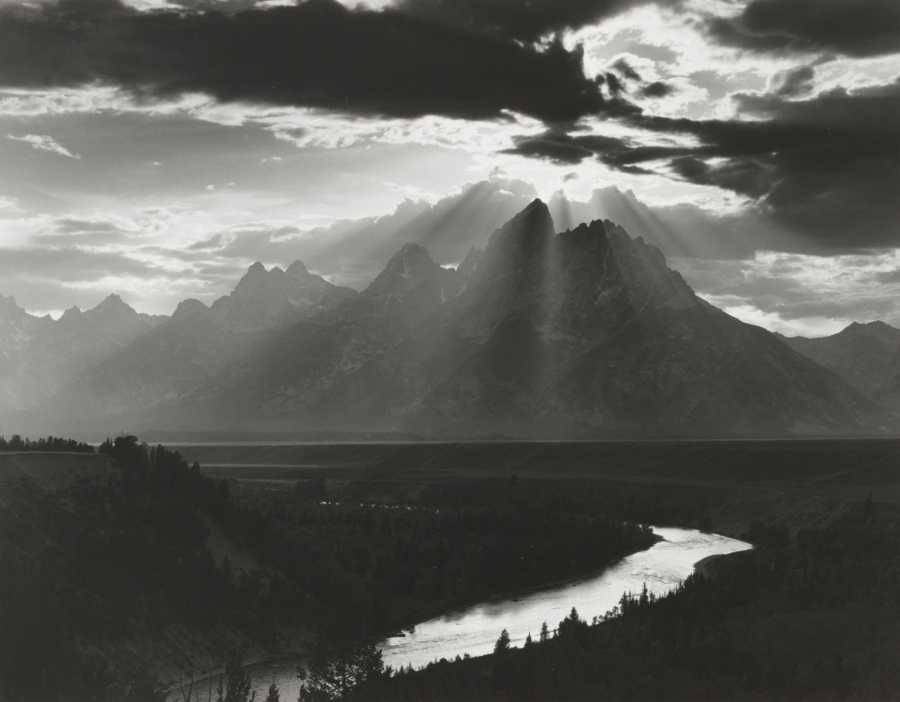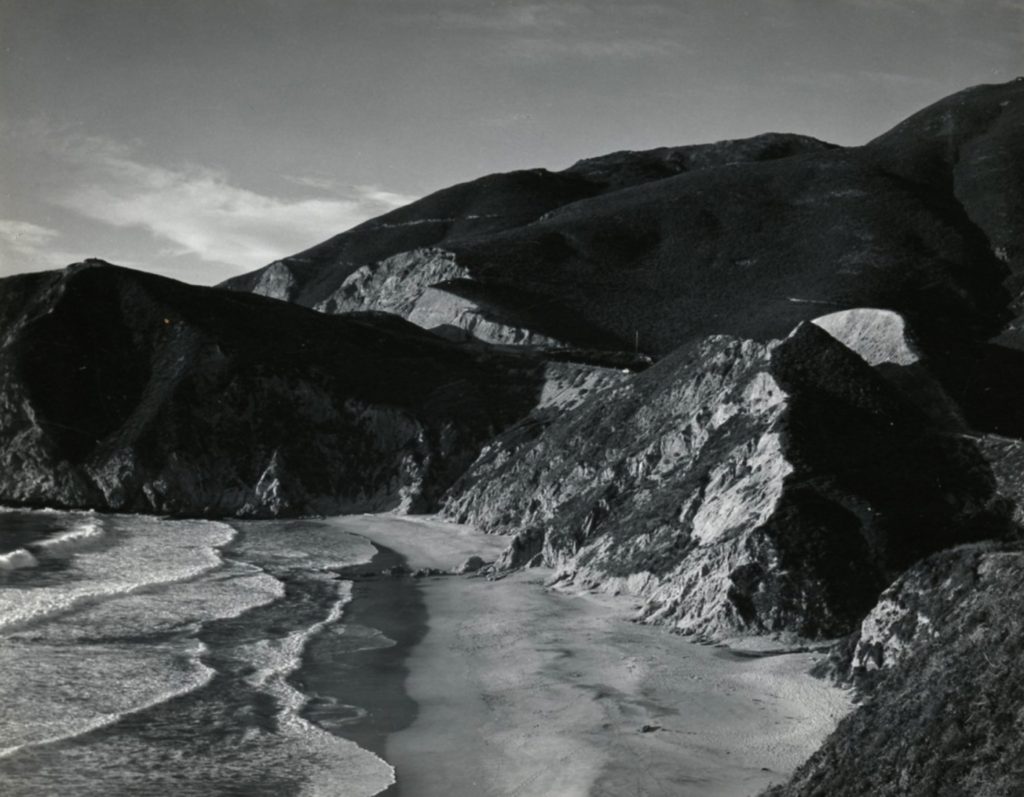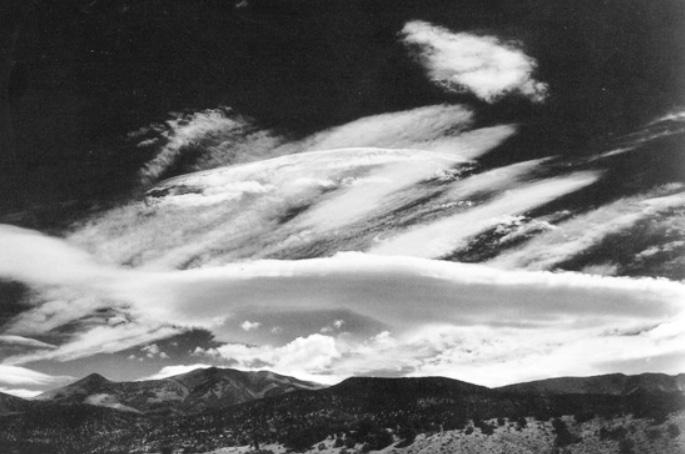who is MINOR WHITE and what does he do?
MINOR WHITE was born in America in 1908 and died in 1976. WHITE was a photographer, who took black and white photographs of, landscapes, people and abstract objects. When he died he was hailed as Americas greatest photographer. During WW2, WHITE served in the US army. After the war he moved to New York. Many times WHITE wrote a piece of text, to go together with his photograph, which he hoped would influence the emotions and mood of the viewer. In 1946, he moved to San Francisco, and worked closely with ANSEL ADAMS, and was inspired by his idea of visulisation. In 1952, WHITE moved back to New York and became the editor of the magazine ‘Aperture’. He then became a teacher in 1965.
my favourite pieces from MINOR WHITE
I chose these as my favourite, because I like how the contrast of the photos. Each photo have interest and parts that I enjoy. MINOR WHITE has captured things I like to take photos of, which has really inspired me to go out and take photos similar to his, and use his style when I take pictures.
analysis of MINOR WHITES piece

technical
The lighting MINOR WHITE has used is natural, as he has taken the photo outside and has used no other artificial lighting. In this photo, the lighting is very intense in the top half, where the sunlight is peaking through the clouds. This particular light enhances the photograph and helps increase the contrast. MINOR WHITES photograph has, very dark darks and very bright lights, which is very enjoyable for the eye.
visual
This particular photo is captured in black and white, and allows for there to be intense darks and lights and therefore a strong contrast. In the distance, you can see the mountains which have a craggy and detailed texture, which also adds interest for the viewer. The light from above allows this texture to be seen. MINOR WHITE has composed this photo well, as he has got a foreground and background, which alludes to a 3D photo. WHITE has used the composition style called ‘leading lines’, which is seen in the river that leads the eye round the photo and towards the mountains and the light from above.
contextual
This photo contextually links to the time in which it was taken, in the sense that WHITE was inspired by nature and how beautiful it is, which contrasts with the time of the industrial revolution. This period of time was particularly important, as it was the time where nature was changed and industrial building were built, which changed landscapes.
conceptual
MINOR WHITE clearly wanted to capture a romanticised landscape that embodied the beauty and awe-inspiring sense of nature. The way WHITE has captured the photograph in black and white also links to the romantised landscapes too.



